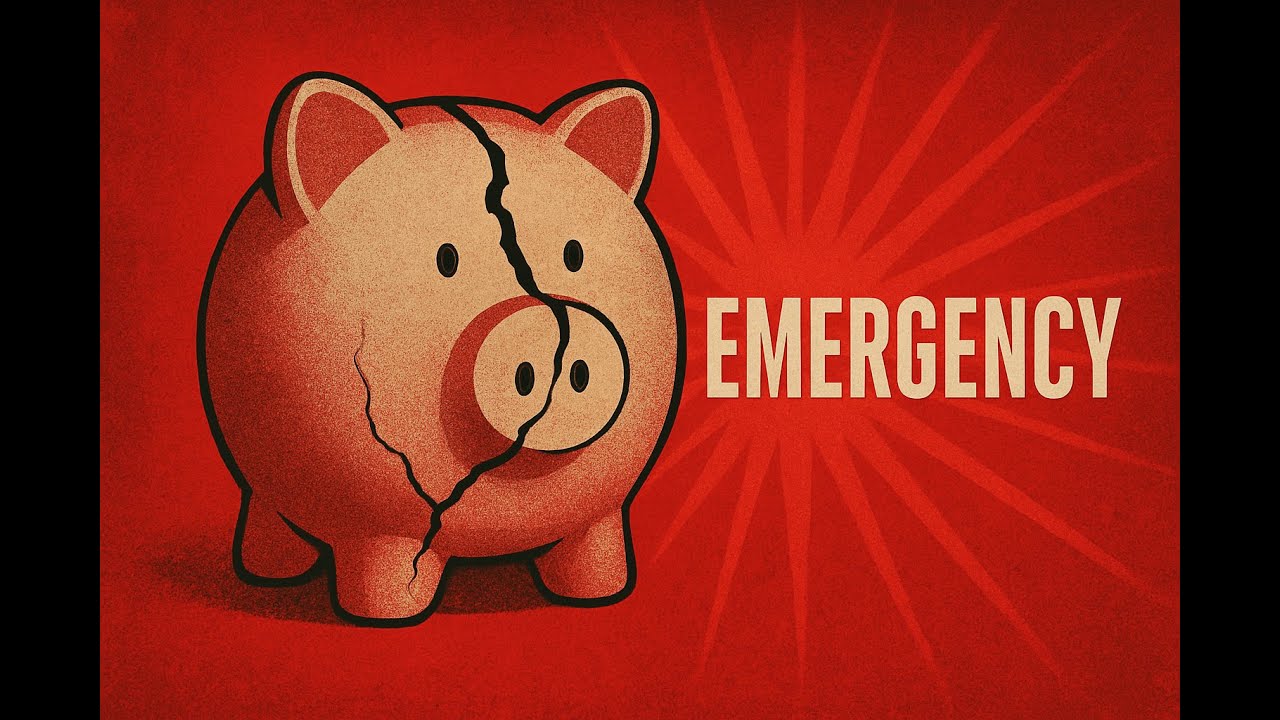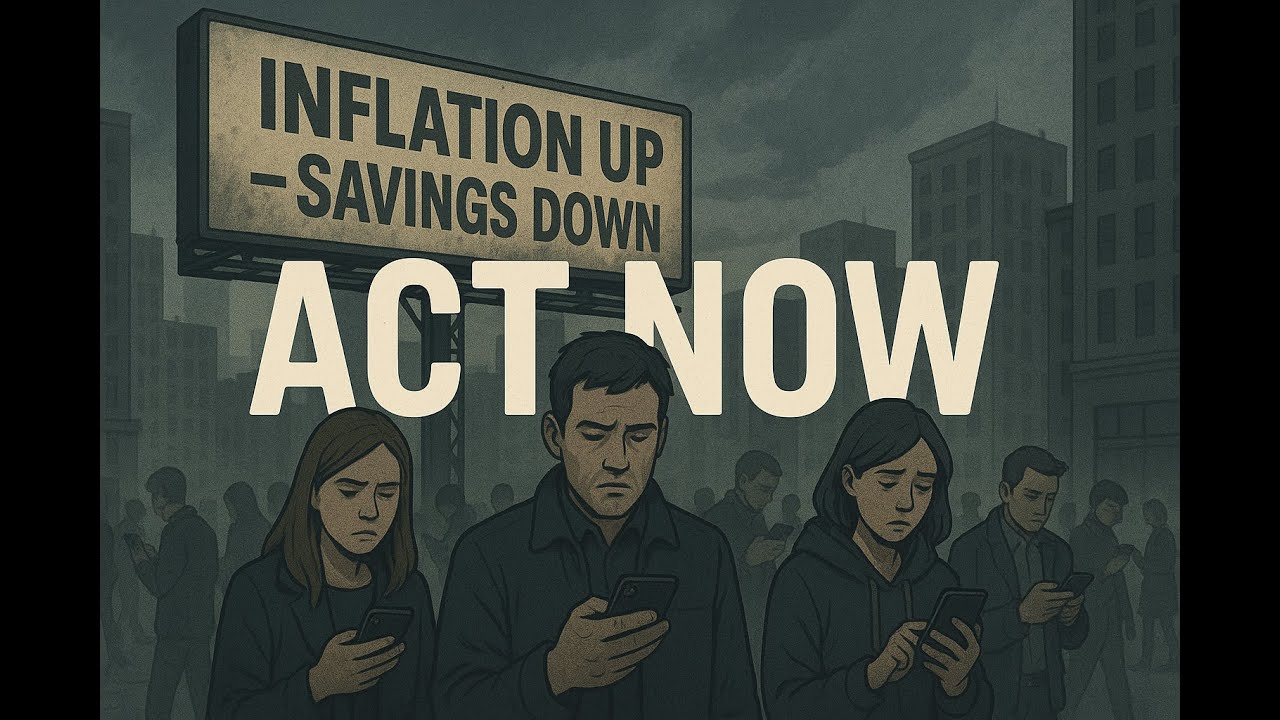Why Earning Six Figures Doesn’t Always Cover a $2,400 Mortgage
Discover why earning six figures may still leave homeowners struggling with a $2,400 mortgage. Learn about lifestyle inflation, [[debt management](/posts/credit-card-hacks-that-ruin-you)](/posts/the-debt-trap-most-beginners-fall-into), and financial discipline to protect your home.
💡 Learn more: Check out our guide on The 60/30/10 Rule Nobody Taught You for deeper insights.
💡 Learn more: Check out our guide on Credit Card Hacks That Ruin You for deeper insights.
💡 Learn more: Check out our guide on The Debt Trap Most Beginners Fall Into for deeper insights.
Why Earning Six Figures Doesn’t Always Cover a $2,400 Mortgage
More than six million Americans are currently behind on their mortgage payments, a striking statistic considering there are over 85 million mortgages nationwide. This means roughly 7% of homeowners face late payments, highlighting that even earning a substantial income doesn’t guarantee financial stability. Understanding the underlying causes of this issue can shed light on how income, debt, and spending habits intertwine to impact mortgage affordability.
💡 Learn more: Check out our guide on The Debt Trap Most Beginners Fall Into for deeper insights.
Table of Contents
🏠 The Reality Behind Mortgage Struggles on a Six-Figure Income
On the surface, a $2,400 monthly mortgage payment should be manageable for a household earning $200,000 annually. However, when one partner loses their job and household income is cut in half to $100,000, the financial picture changes dramatically. This drop is particularly alarming when the couple’s expenses and debt levels are already high.
Maintaining a mortgage payment that once seemed reasonable becomes a challenge when a family is stretched thin by other financial obligations. Credit card debt, car loans, student loans, and lifestyle inflation can all contribute to this fragility. The mortgage itself is often not the root problem; rather, it is the accumulation of other debts and spending habits that create an unsustainable financial situation.
💸 Lifestyle Inflation: The Silent Budget Killer
Lifestyle inflation occurs when spending increases as income rises, often without conscious awareness. For example, upgrading a car or taking on additional credit card debt for vacations may seem harmless in isolation. But these incremental expenses add up, creating a bloated budget that leaves little room for emergencies.
This slow increase in monthly expenses is comparable to the “boiling frog” metaphor—where gradual changes go unnoticed until the situation becomes critical. When an unexpected event like job loss occurs, the fragile financial setup quickly unravels, pushing homeowners into precarious situations.
👨👩👧👦 The Importance of Financial Discipline and Mindset
Households that manage to live comfortably on modest incomes often share a common trait: disciplined money management. Individuals who grew up in financially constrained environments tend to develop a scarcity mindset, making them more cautious about spending. They prioritize needs over wants and build savings cushions, which can make a significant difference during economic hardships.
In contrast, higher earners without this mindset may find themselves struggling despite a larger paycheck. This highlights the critical role financial discipline plays in sustaining homeownership and overall stability.
🔑 Prioritizing Mortgage Payments Over Other Debts
When finances become tight, it’s crucial to prioritize mortgage payments above unsecured debts like credit cards. While credit card companies can aggressively pursue payments and impact credit scores, they cannot repossess a home. Foreclosure, on the other hand, results in losing the home and equity built over time.
Considering that foreclosure can severely damage credit and make future renting or home buying difficult, maintaining mortgage payments should be the foremost goal. Even if credit card payments are temporarily missed, protecting the home is paramount.
📉 Strategies to Stabilize Finances After Income Loss
In situations where income drops significantly, a combination of reducing monthly expenses and increasing income is often necessary. Some practical steps include:
-
Cutting discretionary spending and focusing on essentials
-
Exploring part-time or temporary jobs for additional income
-
Considering the spouse or partner entering the workforce, even in entry-level positions
-
Negotiating with creditors to manage debt payments
Temporary sacrifices, such as taking on retail, delivery, or other flexible jobs, can bridge the gap until the primary income stabilizes. This approach prioritizes long-term financial health over short-term pride or lifestyle maintenance.
⚠️ Why Bankruptcy Should Be a Last Resort
While bankruptcy might appear as a way to wipe out credit card debt, it carries severe consequences. It can jeopardize homeownership, severely damage credit for years, and limit future financial opportunities such as car loans, renting, or even employment in certain sectors.
Given that many struggling homeowners have not yet missed mortgage payments or faced foreclosure, bankruptcy is often premature. Instead, focusing on incremental income growth and [debt management](/posts/the-debt-trap-most-beginners-fall-into) can restore financial stability without the lasting drawbacks of bankruptcy.
📊 Breaking Down the Numbers
Assuming a 20% tax rate, a household earning $200,000 would take home about $13,300 per month. With a $2,400 mortgage, the housing cost is roughly 18% of take-home pay, which is reasonable. However, if income drops to $100,000, take-home pay falls to approximately $6,700 per month. After paying the mortgage, only about $4,300 remains for all other expenses.
If there are additional debts such as student loans, car payments, or high credit card balances, this remainder quickly disappears. The financial strain becomes evident, underscoring the need for urgent adjustments.
📌 Key Takeaways
-
High income does not guarantee mortgage affordability if debt and spending are not managed prudently.
-
Lifestyle inflation can silently erode financial stability, especially when income suddenly decreases.
-
Prioritizing mortgage payments over unsecured debts protects homeownership and equity.
-
Temporary income boosts and expense reductions are effective strategies to navigate financial hardships.
-
Bankruptcy should be avoided unless absolutely necessary due to its long-term negative impacts.
❓ Frequently Asked Questions
Is it normal to struggle with mortgage payments despite a six-figure income?
Yes, it can happen when other debts and lifestyle expenses consume a large portion of income, making the mortgage payment difficult to sustain if income drops.
What should be prioritized when finances get tight?
Mortgage payments should be prioritized over unsecured debts like credit cards to avoid foreclosure and protect home equity.
Can taking a part-time job really help stabilize finances?
Absolutely. Even modest additional income can bridge gaps temporarily, allowing time to adjust spending and rebuild savings.
When is bankruptcy a viable option?
Bankruptcy should be considered only after exploring all other options, as it has significant long-term consequences on credit and financial flexibility.
How can lifestyle inflation be prevented?
Maintaining a disciplined budget, distinguishing between needs and wants, and avoiding unnecessary upgrades can help keep expenses in check.
🔚 Final Thoughts
Struggling to pay a $2,400 mortgage while earning six figures is a complex issue rooted in more than just income levels. It is a cautionary tale about the importance of managing debt, controlling lifestyle inflation, and maintaining a disciplined financial mindset. By prioritizing mortgage payments, exploring additional income sources, and avoiding drastic measures like bankruptcy, homeowners can navigate challenging times and protect their financial futures.
🚀 Ready to Build Real Wealth?
You've learned the strategy – now it's time for action!
🎬 Get Weekly Financial Education
Join thousands learning smart money strategies that actually work.
📺 Subscribe to @StartWithCents
💎 Download Your Free Wealth-Building Tools
Get the exclusive "First Dollar Game Plan" – your step-by-step guide to financial freedom.
📚 Continue Your Financial Journey
Explore more money-smart articles and strategies.
📖 Read More Posts • 🏠 Homepage
💡 Remember: Knowledge without action is just entertainment. Take one step today!

